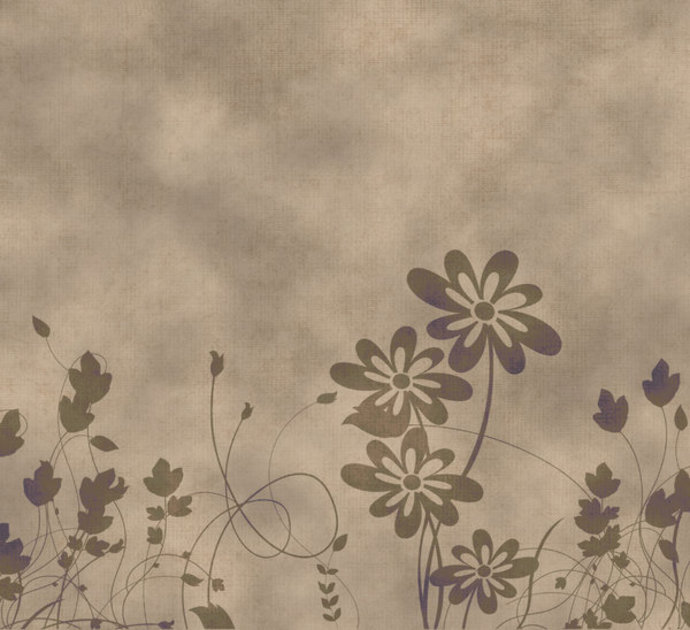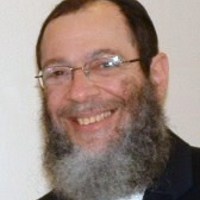
We assume that there is a mitzvah to raise children to become bnei and bnos Torah, a mitzvah of chinuch habanim. Is there such a mitzvah, and if so, what is the source for it?
It appears from the Rambam in Sefer haMitzvos that the Torah only requires us to teach Torah to our students. The Rambam points out that the Sifri on the term “v’shinantum l’vanecha” (Devorim 6:5) says this refers to students. They are called banim and their teachers are called fathers.
However, in Mishna Torah, the Rambam writes that there is mitzvah to teach Torah to your sons and your grandsons. Wouldn’t your sons and grandsons be included among your students? Once we know that we have to teach Torah to our students, isn’t it obvious that we have to teach our sons and grandsons? The Rambam explains that the priority lies with our sons and grandsons and after them our students.
All of this refers to teaching Torah per se, both Torah sh’balpeh and Torah sh’bchsav. This mitzvah is limited to sons, grandsons, and male students.
But there is another dimension to chinuch habanim, one which would seem to apply to both sons and daughters. That is the imparting of middos tovos. Is there any source for this mitzvah of chinuch habanim?
According to the Rambam (Maacholos asuros, 17:28) the source is Mishlei (22:6), Chanoch l’naar al pi darko. The Rambam is discussing the requirement incumbent on a father to prevent his young child from violating a prohibition. While women are exempt from positive time bound mitzvos, they are equally obligated in all negative mitzvos, so the father’s mandate to prevent his child from transgressing applies to both a son and a daughter.
So far, we have found a source for chinuch in negative mitzvos for both boys and girls, and a mitzvah to teach Torah to boys. The mitzvah to teach Torah to boys is found in the Torah itself. The mitzvah to be mechanaich boys and girls in negative laws, according to the Rambam, is derived from Mishlei, part of Kesuvim, not Chumash.
I wondered, isn’t there any source for the mitzvah of chinuch of boys and girls anywhere in Chumash?
Yes, there is, in Braishis, 18,19. The pasuk begins: Ki y’dativ l’maan asher y’tzveh es banov v’es baiso acharav v’shamru derech HaShem la’asos tzedakah u’mishpat.
Rashi translates y’dativ as a term of love. However, Rav Yaakov Tzvi Mecklenberg (ha’Ksav v’ha’Kabbalah) translates it as “I (HaShem) will inform him (Avraham)” of why I am going to destroy Sodom and the surrounding cities, because of their failure to perform tzedakah u’mishpat.
According to Rav Meir Simcha in Meshech Chachma (Brasishis 18,19), Avraham is here commanded to teach his sons and daughters “tzedakah and mishpat.” This is the source in Chumash for the mitzvah of chinuch habanim for both sons and daughters. (Rashi in Sanhedrin 57b translates es baiso to mean nashim, women.) Here we find the requirement to impart middos tovos and yashrus to both boys and girls. Because, as HaShem informed Avraham, the lack of righteousness and justice leads to utter destruction, whereas the practice of tzedakah and mishpat leads to the brachos that HaShem promised to Avraham continuing to his descendants.
How do you accomplish this? How do you impart the middos of tzedakah and yashrus to your children?
The pasuk addresses that, too.
You might think that describing the sterling middos of our Gedolim and their Rebbitzens, encouraging your children to read the many biographies available for readers young and old, would inspire them to emulate these venerable sages. Sometimes, children are moved to self-improvement this way, but sometimes they become discouraged when a writer paints a picture of someone on such a lofty madrega without describing the effort and difficulty of reaching that plane.
Even less effective are lecturing and cajoling children on the importance and sanctity of middos tovos and yashrus. How many times have you explained this to your child already? If you haven’t seen better middos and yashrus after the first couple of lectures, you probably won’t after another one.
The way to help your child grow in middos and yashrus is to watch for opportunities for her to experience them.
According to Kerem Tzvi (Rav Tzvi Ze’ev Goldberg), our pasuk describes how to create opportunities for teaching tzedakah and mishpat by experience. He explains that the pasuk has an apparently superfluous word: acharav. Avraham will command his sons and daughters “after him?” Obviously, his sons and daughters come after him, not before him. What does acharav mean here?
Rav Tzvi Ze’ev explains: If a father instructs his child to conduct himself in a manner in which the father is negligent, the son is unlikely to follow the instruction. In contrast, Avraham instructed his children acharav, to follow in his ways, “guarding the way of HaShem, doing tzedakah and mishpat.” (cited in Parparaos LaTorah, page 25)
Every time your child hears you speak courteously to your wife, he learns what that middoh sounds like. Every time you listen patiently, smile warmly, offer solace, encouragement, or reassurance, you allow your child to experience those middos. It is not only when your child is the recipient of your kindness that he comes to appreciate it. Your child keenly observes every interaction around him. Whether with his grandparent, his mother, with any of his siblings, with authority figures, and with subordinates, the way you comport yourself, your words, your tone, your body language, even the facial expression you think he can’t see, are noticed and noted.
And almost always imitated.
Be conscious of your words and actions. Make sure you want your child to follow acharav, because, for better or worse, he will.

 Previous
Previous

